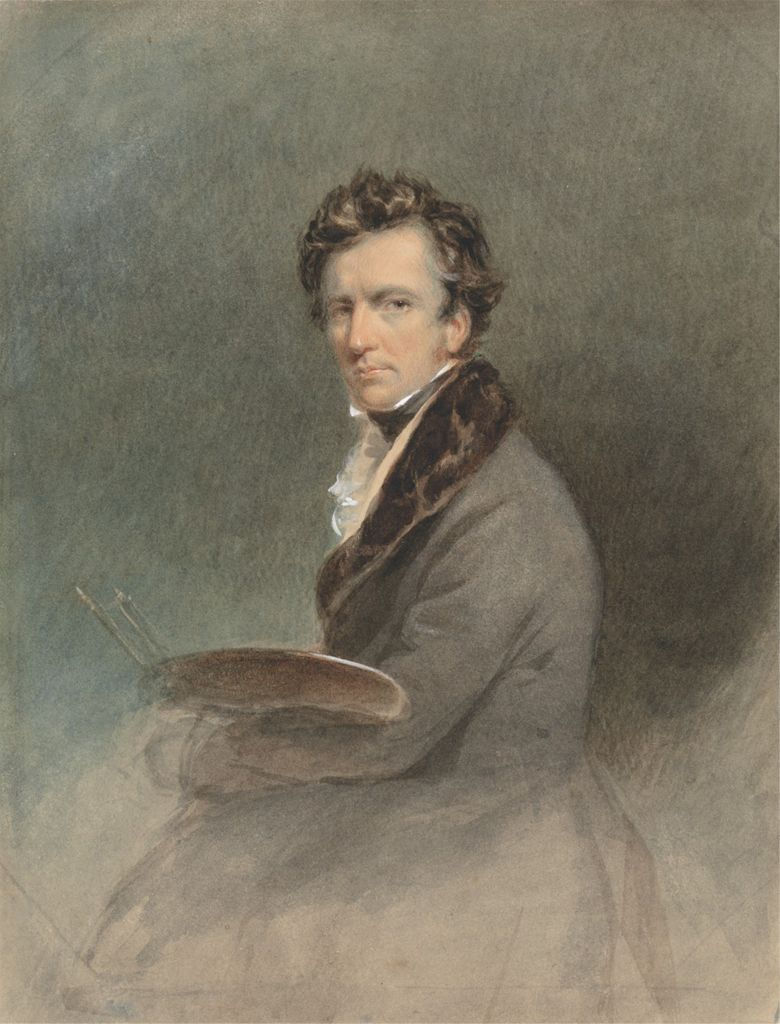Reflections on John Carr
- yorkgeorgians
- Apr 7, 2024
- 3 min read
Updated: Nov 1

John Carr, 1791
by William Beechey (1753–1839)
Credit: National Portrait Gallery, London
A highlight of the YGS Spring Newsletter is an article looking back at architect John Carr’s tercentenary birthday last year
by Andrew Morrison, CEO of York Civic Trust and Duncan Marks, Civic Society Manager
Here is a taster…
The 2023 tercentenary of John Carr's birth allows us to reflect on what “John Carr” has come to mean since 1723. On the one hand there’s John Carr – the person. Then there are the buildings and structures that he built, with which his name is associated. Of the latter, “John Carr” can stand as a kind of adjective: of a distinct architectural style. York Civic Trust’s John Carr celebration therefore focused on these two approaches.
A highly committed, prolific and very practical architect, Carr worked with only one or two assistants. He visited clients personally many times during a project, most often riding on horseback between appointments. Carr was very much someone who felt comfortable in any surroundings, from singing arm in arm with the heir to the throne, to the dust of the stone yard.
A modern legacy?

York Races, about 1800
by Thomas Rowlandson (1756 or 1757 - 1827)
Credit: York Museums Trust
In Carr’s day, York was a city in transformation, emerging from its late medieval mirth to become a provincial capital, offering a wealth of new social and cultural pleasures for those with money – a racecourse, dancing at the Assembly Rooms – and the pleasures of a constitutional stroll along New Walk.
There was a can-do attitude to demolishing historic structures in the eighteenth century, to make way for sizeable townhouses such as Carr’s Castlegate House, or Garforth House. Our modern conservation ethos simply would not allow this.
York city centre is also now too cramped to allow space for such townhouses. Wouldn’t the size and spatial use of Carr’s great houses seem decadent if proposed today?

Westgate on Leeman Road: showing the continued use of raised foundations
Credit: Duncan Marks
More on John Carr on Fairfax House website: https://www.fairfaxhouse.co.uk/fairfax-house/explore-the-townhouse/john-carr-architect/
April / May Events

Wentworth Woodhouse
Credit: Wentworth Woodhouse Preservation Trust
Wentworth Woodhouse Visit
24th April 2024
There are just a few places left on this visit to visit one of England’s greatest Georgian country houses and view the latest developments in its ambitious conservation and restoration programme.
Places are limited to 25 persons. The cost includes tea/coffee and biscuits on arrival, lunch, and the tours of State Rooms, Camellia House and Stables.
Bookings: YGS Members and Friends of York Art Gallery: £43; Non-Members: £48

The New Terrace Walk, York
by Nathan Drake (c. 1728-1778)
Credit: York Art Gallery
York and the Georgian City: Past, Present and Future
18 May 2024
Some places are still available for our first joint conference with the Centre of Eighteenth-Century Studies, University of York. We meet at King’s Manor, York on 18 May 2024, 10.15am to 7pm for what promises to be a fascinating day. The focus is to what extent York can be described as a ‘Georgian’ city. Is that label relevant or meaningful today?
Keynote lectures are Rosemary Sweet, Professor of Urban History at the University of Leicester and Madeliene Pelling, historian, writer and broadcaster.
Tickets: Students £5; YGS Members and UoY Staff £15; Public £25
Partner Event

Plaque commemorating James Backhouse at 92 Micklegate, York
Credit: Richard Green
The Sheldon Memorial Lecture Spring 2024
1 May at 7pm
'Known almost the world over’ as ‘Backhouse’s’: the Backhouse Nursery of York in the 19th and early 20th Centuries
by Professor Emerita Gillian Parker
In 1889, the report of a trip made by Manchester horticulturalists to the Backhouse Nursery in York implied that it was hardly less celebrated than Bolton Abbey and that its international reputation was assured. This lecture will outline the history of the nursery from 1815 to the 1920s and explore what led to its being ‘known almost the world over’, while it is now hardly known at all outside York. The Backhouses were an important Quaker family, various members of which were associated with the nursery. Discovering its history will help to relate the contributions of these men and women to horticulture, and to the wider economic and social life of York and beyond.
Venue: Bowland Auditorium, Berrick Saul Building, University of York




Comments